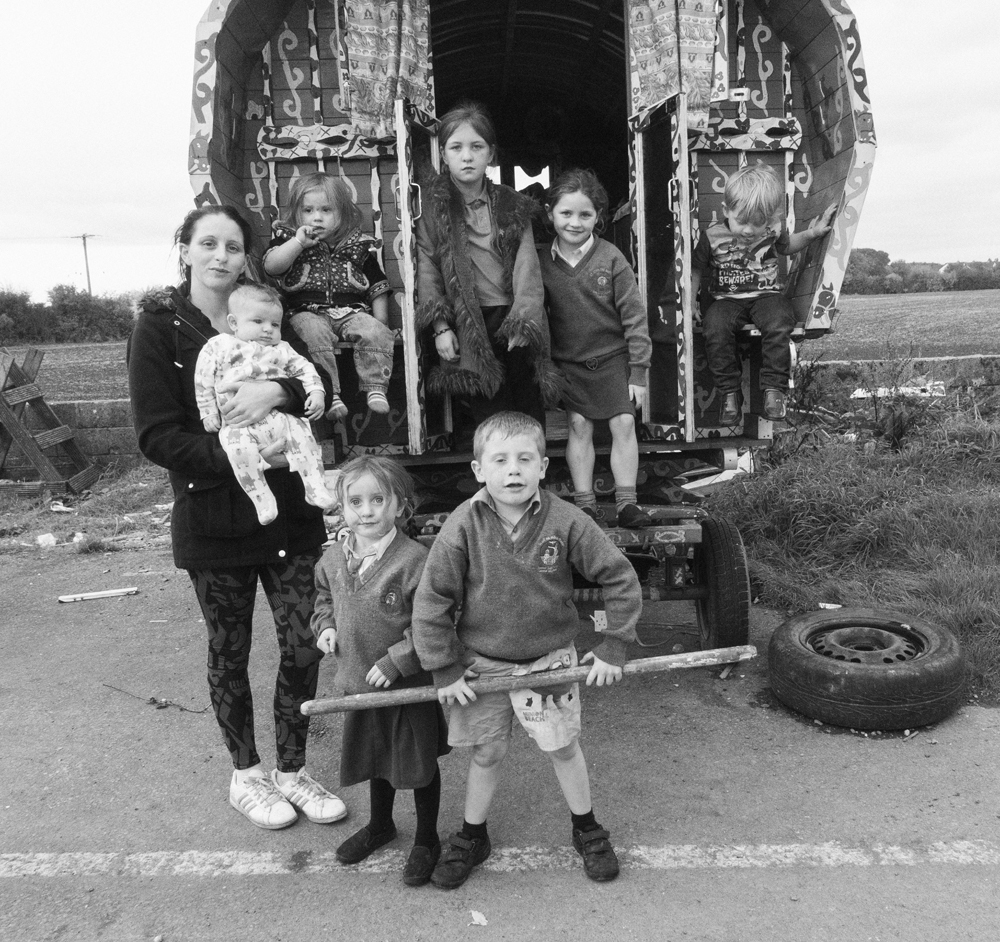Exhibitions 2022
We Are Travellers
Nedre Slotts

Håkan strand, Sweden
When Håkan Strand started middle school in 1972 he chose to study photography as a “free choice subject”. He had an experienced photographer as an enthusiastic and inspiring teacher. His teacher's knowledge and inspiration echos till this very day 50 years later.
We Are Travellers
1 of 3
About the exhibition
The Irish Travellers are an ethnic group that has lived and worked in Ireland since ancient times. They have no written history, only an oral tradition. Therefore, there has not been a clear picture of their origin. In the past, they were believed to be descended from Eastern European Romani because of many similar habits and traditions. However, genetic tests show that they carry the same genes as the majority of the Irish population. Travellers are a minority with a unique culture, their own language and their own traditions. They are called Travellers because they have a nomadic tradition. They have lived in wooden wagons, drawn by horses, and travelled from place to place, doing temporary work like forging and horse trading, among other things. There are about 40,000 Travellers in Ireland today. They are proud of their culture and their traditions. Strong family bonds and the Roman catholic religion are two important pillars that play a central role in their lives. Most families have many children, between 7 and 15, some even more. Children often leave school at the age of 14 or 15, often because of bullying, but also because of the family's demands to help at home. The older daughters are expected to help take care of the younger siblings. Marriage at the age of 16 or 17 is not uncommon. Since the 1960’s, the Irish Government has given Travellers so-called “Halting Sites” on state-owned land, where they can park their caravans. Some of these places are located next to landfills and sewage treatment plants. One problem is that there is not enough room for all Travellers on these Halting Sites. Therefore, some families need to park their caravans in areas that are privately owned. Then, it is not uncommon for them to come into conflict with the landowner. Many politicians want to close all illegal settlements, and even the Halting Sites, in order to make the Travellers become settled. However, most of the Travellers would like to continue with their nomadic culture. In addition, there have been reports of protests coming from neighbours in areas where Travellers are expected to move in. Windows have been broken and hate words have been written on doors and house facades.
Travellers also face other challenges in life. Infant mortality is significantly higher in this group than in the rest of the population. The suicide rate is also higher compared to the settled population, and the average life expectancy is significantly lower. Many Travellers live as a socially isolated group on the outskirts of society, and experience strong discrimination from both the authorities and the general population.
Travellers also face other challenges in life. Infant mortality is significantly higher in this group than in the rest of the population. The suicide rate is also higher compared to the settled population, and the average life expectancy is significantly lower. Many Travellers live as a socially isolated group on the outskirts of society, and experience strong discrimination from both the authorities and the general population.


